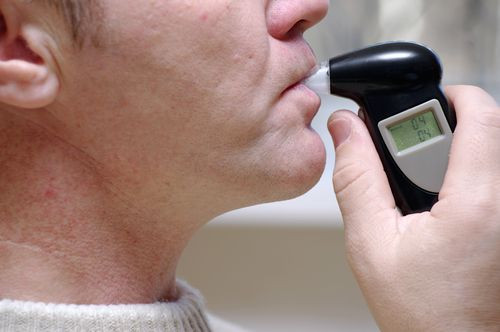Fungal Pneumonia May Soon Be Diagnosed With Breath Test; Reduces Need For Invasive Lung Biopsy

People suffering from pneumonia often carry the germs in their breath. Taking this fact into consideration, scientists have developed a breath test to identify the pathogen that causes the infection invasive aspergillosis—an infectious type of pneumonia.
Aspergillosis is caused by a mold that is quite common in our environment. While most healthy people are not affected, it targets people with weakened immune systems. Infections caused may vary from mild to serious, with the most debilitating being invasive aspergillosis, where the infection spreads to blood vessels and beyond.
Pneumonia can be caused by many different types of pathogens, and identifying the exact type is important for administering an antibiotic therapy. This type of fungal pneumonia is difficult to diagnose and often requires a lung biopsy for definitive identification. This presents a challenge in people who have already undergone organ or bone marrow transplants or cancer therapies. Scientists for some time have, therefore, been trying to develop non-invasive methods for accurate identification.
According to the study published online in Clinical Infectious Diseases, the new breath test takes advantage of the unique "chemical signature" found in the breath of patients carrying this pathogen. The scientists, Sophia Koo and her colleagues, from the Brigham and Women's Hospital in Boston, had already identified several compounds, or metabolites, normally produced by Aspergillus fumigatus and other fungi that can cause pneumonia.
The researchers analyzed breath samples of 64 patients suspected of having invasive aspergillosis. Their aim was to determine the type of pathogen that had caused the pneumonia. Based on their earlier classification of the fungal compounds, the scientists could accurately identify 94 percent of the patients who were infected by this pathogen. They also determined the rest of the patients suffered from pneumonia caused by some other pathogen. The patients did not suffer any adverse reactions with this procedure.
"Identification of the underlying microbial etiology remains elusive in most patients with pneumonia, even with invasive diagnostic measures," Koo said in a statement. "Our findings provide proof of concept that we can harness detection of species-specific metabolites to identify the precise microbial cause of pneumonia, which may guide appropriate treatment of these infections."
While more research is needed to corroborate these findings, Koo said, "We can likely also use this volatile metabolite profiling approach to identify other, more common causes of pneumonia."
Source: Koo S, et al. A Breath Fungal Secondary Metabolite Signature to Diagnose Invasive Aspergillosis. Clinical Infectious Diseases. 2014.



























